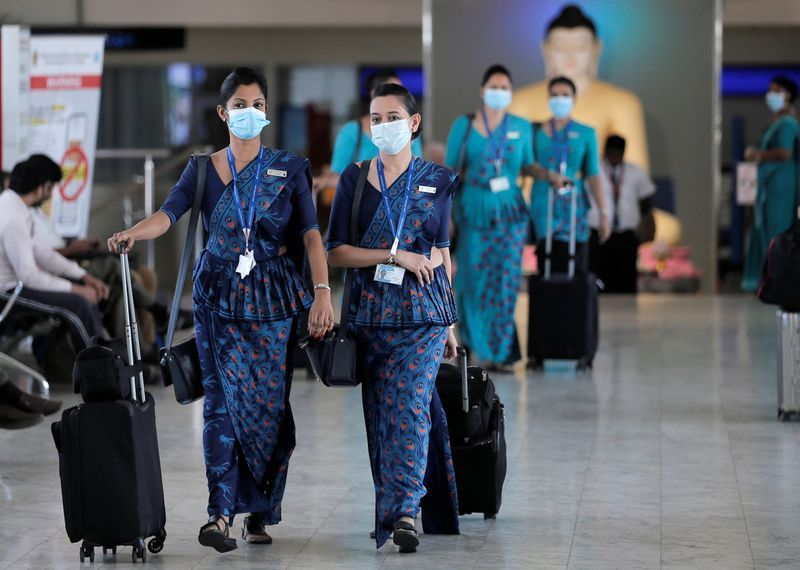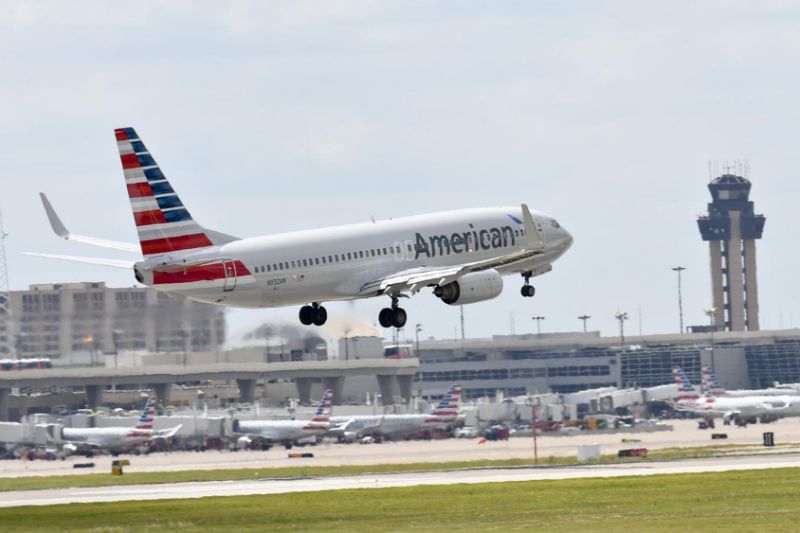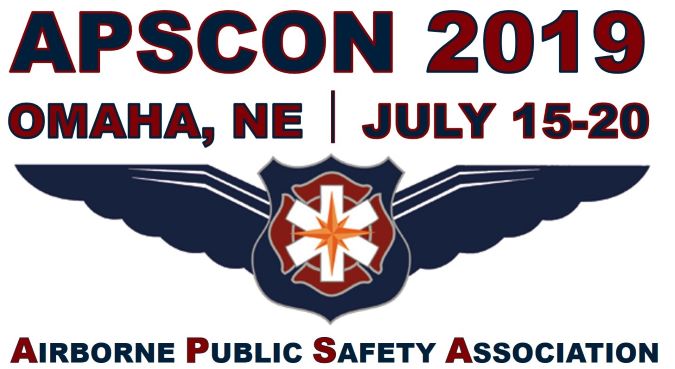- Customers with affected travel plans can go to the My Trips section of delta.com to help them understand their options.
Delta will reduce its weekly flying schedule to Japan through April 30 and suspend summer seasonal service between Seattle and Osaka for 2020 in response to reduced demand due to COVID-19 (coronavirus).
The health and safety of customers and employees is Delta’s top priority. The airline maintains an ongoing relationship with the Centers for Disease Control and Prevention and the World Health Organization, the world’s foremost experts on communicable diseases, to ensure training, policies, procedures, and cabin cleaning and disinfection measures meet and exceed guidelines. The latest information about Delta’s response to COVID-19 is here: news.delta.com/coronavirus
Flight schedule changes
Beginning March 7 for U.S. departures to Japan and March 8 for Japan departures to the U.S., the airline will operate the following schedule:
| Market | Peak Frequency | Frequency March 7-April 30 |
| Tokyo-Detroit | Daily | Daily |
| Tokyo-Los Angeles | Daily | Daily |
| Tokyo-Honolulu | Daily | Daily |
| Tokyo-Seattle | Daily | Daily |
| Tokyo-Portland | Daily | 3x weekly |
| Tokyo-Atlanta | Daily | 5x weekly |
| Tokyo-Minneapolis | Daily | 5x weekly |
| Nagoya-Detroit | Daily | 3x weekly |
| Nagoya-HNL | Daily | 3x weekly |
| Osaka-Seattle | Daily | Suspended |
| Osaka-Honolulu | Daily | 3x weekly |
| Tokyo-Manila | Daily | Daily* |
*ends March 27
Delta’s planned consolidation of Tokyo flights at Haneda Airport beginning March 28 will happen as planned. Flights between Seattle, Detroit, Atlanta, Honolulu and Portland will transition from Narita to Haneda beginning March 28 for departures from the U.S. to Tokyo, and March 29 for departures from Tokyo to the U.S. Delta’s Tokyo-bound flights from Minneapolis and Los Angeles already fly into Haneda and will continue to do so.
Delta’s service between Narita and Manila will continue to operate daily until March 27, after which the flight will be suspended as part of the carrier’s previously-announced consolidation at Haneda. The airline’s new service from Incheon to Manila, previously scheduled to begin March 29, will now start on May 1.
The airline’s seasonal summer service between Seattle and Osaka will be suspended for the summer of 2020, with a planned return in summer 2021. Delta will continue to serve Osaka from Honolulu.
Full schedules will be available on delta.com beginning March 7. The airline will continue to monitor the situation closely and may make additional adjustments as the situation continues to evolve.










